Gardening
/Home & Leisure
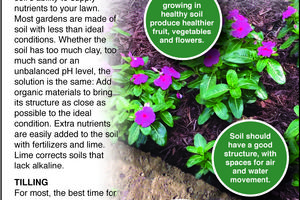
The Greener View: Fall Flower Bed Care
Q: How do I prepare my small flower bed for winter? I have a few black-eyed Susans that look pretty scary right now. Do I cut the tops off or what? I have some dead-looking petunias. Should I just pull them up and fill in the area with new soil or mulch?
A: Fall is often a better time to prepare flower and vegetable garden beds for new crops ...Read more

The Greener View: Lichens, Algae and Fungus Gnats
Q: There is a mossy growth on the lower portion of the tree trunks in our neighborhood. It grows in circles and is in a variety of colors. Is it harmful to our trees?
A: You are describing an interesting plant called a lichen. Lichens are actually a combination of a fungus and algae. The fungus needs the algae's photosynthesis ability to ...Read more
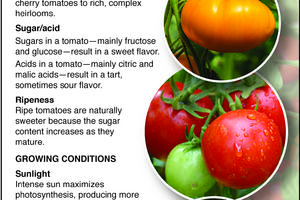
The Greener View: Are You Picking Tomatoes Wrong?
Q: I took your advice and tried some new vegetables in my garden this year. I have several colors of tomatoes that are not red. I am new to gardening, so how do I tell when the various colors of tomatoes are ripe?
A: Even though everyone thinks they know how to pick red tomatoes, I would guess that many people pick them at the wrong time. ...Read more
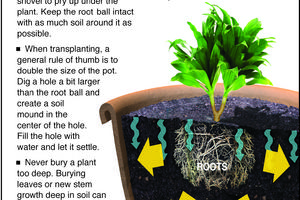
The Greener View: Repotting Houseplants
Q: Our HOA is sponsoring a plant swap in a few weeks. People can dig up plants in their gardens or divide houseplants. Do you have any tips for the proper way to prepare the plants?
A: Let's take the plant groups one at a time. First, the outdoor perennials: Most perennials rarely need dividing, but for many perennials, the fall is a good time ...Read more
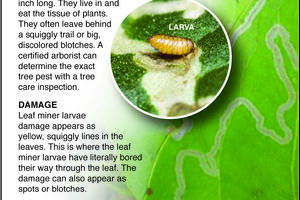
The Greener View: Oak Tree Problems
Q: The leaves on my newly planted oak tree have numerous holes, and the edges of the leaf are missing. I do not see any insects, but I am worried about the tree. Most of the tree is like this.
A: Oaks are pretty tolerant of many insect pests. Holes in the leaf can be caused by insects or by diseases such as anthracnose that kill areas of the ...Read more
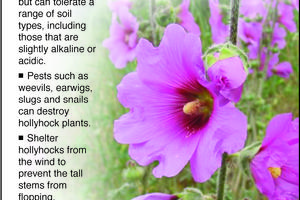
The Greener View: Gladiolus and Hollyhock
Time sure flies when you aren't looking. I started writing a weekly newspaper column on landscaping, gardening and wildlife 35 years ago this week. I think I have helped a lot of people with their problems. How can I help you?
Q: My gladiolus bulbs have not bloomed well this year. Any ideas on what I did wrong?
A: These bulbs are usually a ...Read more
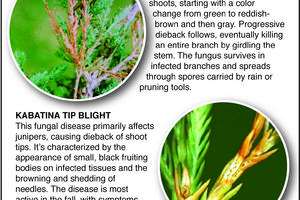
The Greener View: Juniper Tip Blight
Q: I have a significant amount of blue rug junipers in my landscape. Every spring, there is a large amount of twig blight that I have to trim. I have been doing this for over 20 years, and it is getting old. Is there a fungicide I can use to address this condition?
A: I have always liked blue rug juniper. It has a nice color and only grows 6-12...Read more
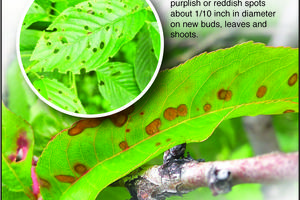
The Greener View: Shot Hole Disease and Clematis
Q: We have a cherry plum tree with purple foliage, pink flowers in April and small reddish fruit in July. The leaves look like something is eating at them. There are small holes all over them. I looked for bugs but didn't find any. Can you please let me know what this could be and how to treat it?
A: Plums and other tree fruits with pits get a ...Read more
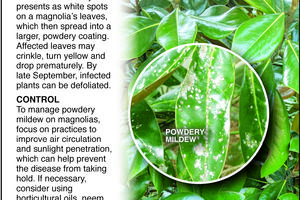
The Greener View: Dogwoods, Moss and Mildew
Q: I have several red twig dogwoods that look beautiful each spring. By midsummer, they continue to grow new sprouts and otherwise appear healthy, but many of the leaves get spotty, turn yellow and fall off. Is this a fungus? Can it be cured?
A: It probably is a fungus, because shrub dogwoods are affected by many fungal diseases. Most of the ...Read more
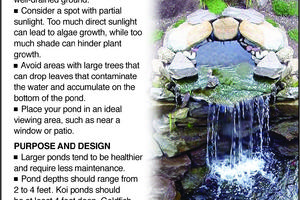
The Greener View: Water Garden Design Considerations
Q: We attended a garden walk that included one landscape with a water garden pond. We are interested in putting one in our yard but don't know the best location. What should we consider when placing the pond so we can most enjoy the fish and water?
A: You want to be able to see the fish and hear the waterfall so, as in many things in life, ...Read more
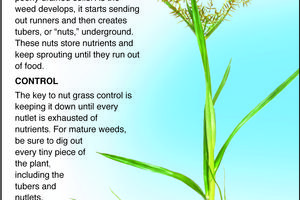
The Greener View: Gardenias and Nut Grass
Q: I am trying to grow two gardenia plants in pots in the house. The buds and leaves are turning black. Can you help?
A: Gardenias have a wonderful fragrance and are worth having if you have the right conditions. They really need to stay warm, and at the same time, they need damp but not waterlogged soil. If you just bought them, did you place ...Read more
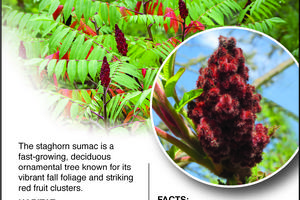
The Greener View: Sumac and Yew
Q: My sumac (staghorn) is now sprouting many "little sumacs" everywhere. I have been trying to pull them up (seldom being able to get the root), but they are popping up faster than I can pull them. I guess the term is called colonizing! Can anything be sprayed on the babies that will kill only them? I'm afraid that chemicals would travel to the ...Read more
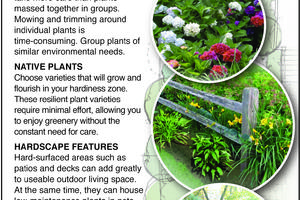
The Greener View: No-Prune Landscape
Q: I am in the process of having a home built. The builder will be supplying grass, a street tree and some shrubs across the front of the house. I can pick the shrubs from a list. I am not a gardener and don't have any interest in working in the landscape. There is a group of homeowners in the subdivision that have hired a lawn care company to ...Read more






